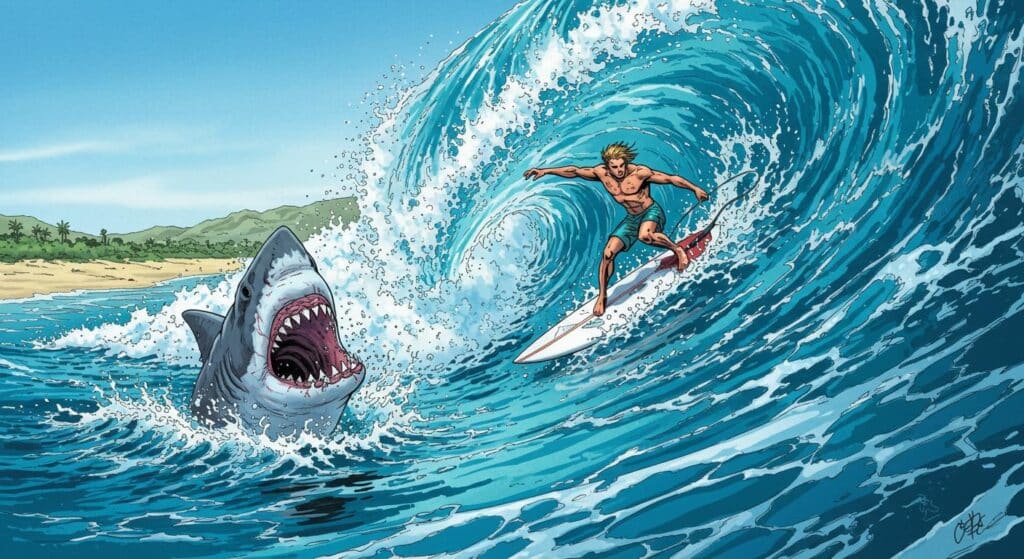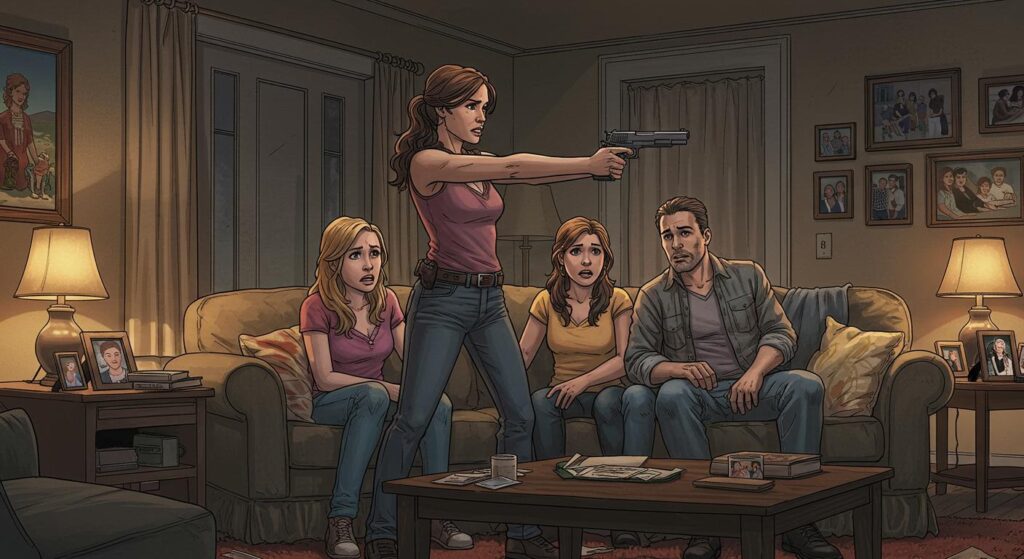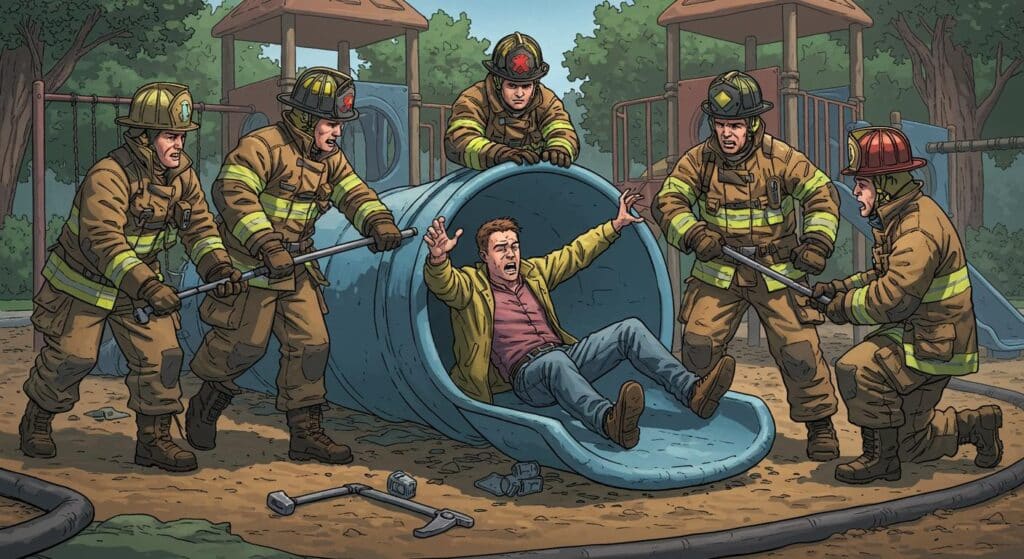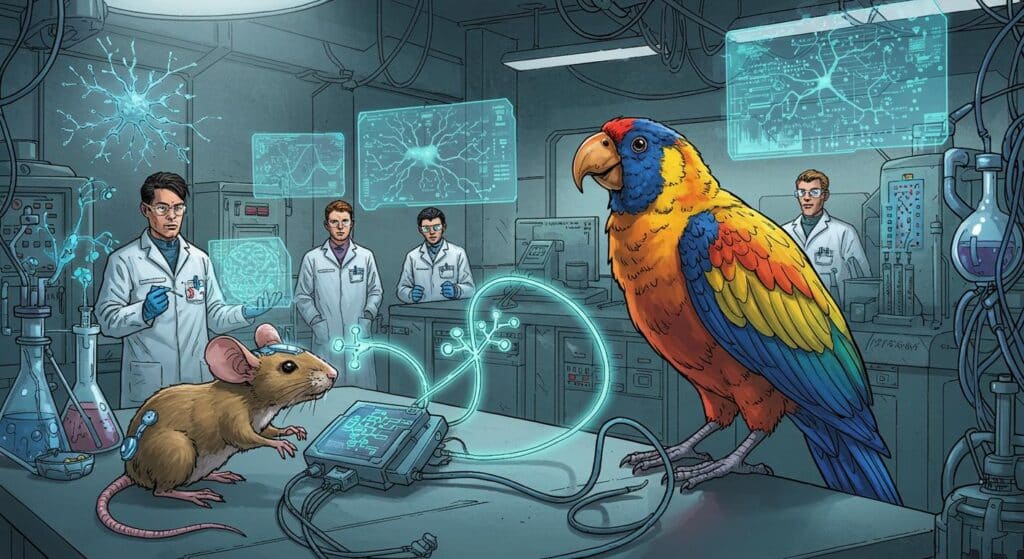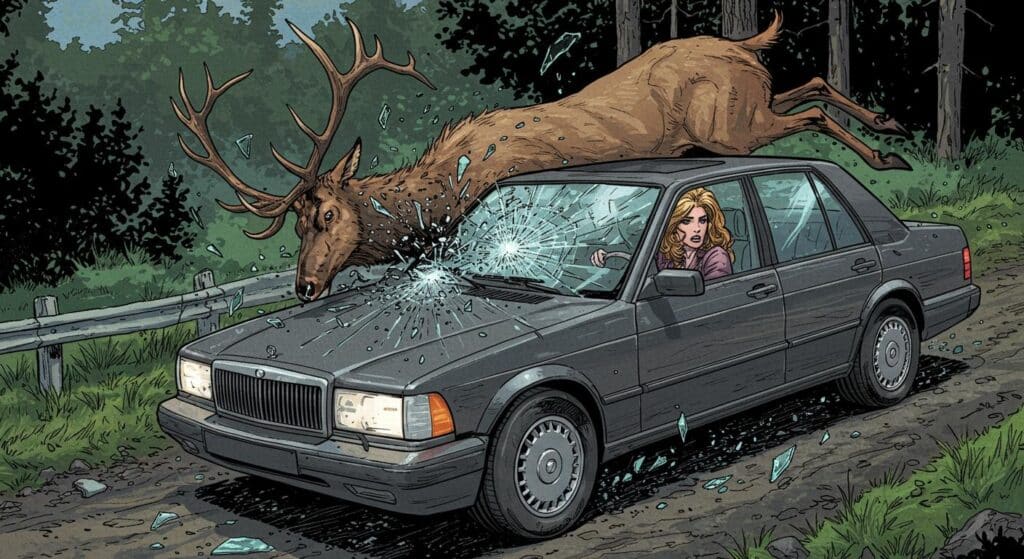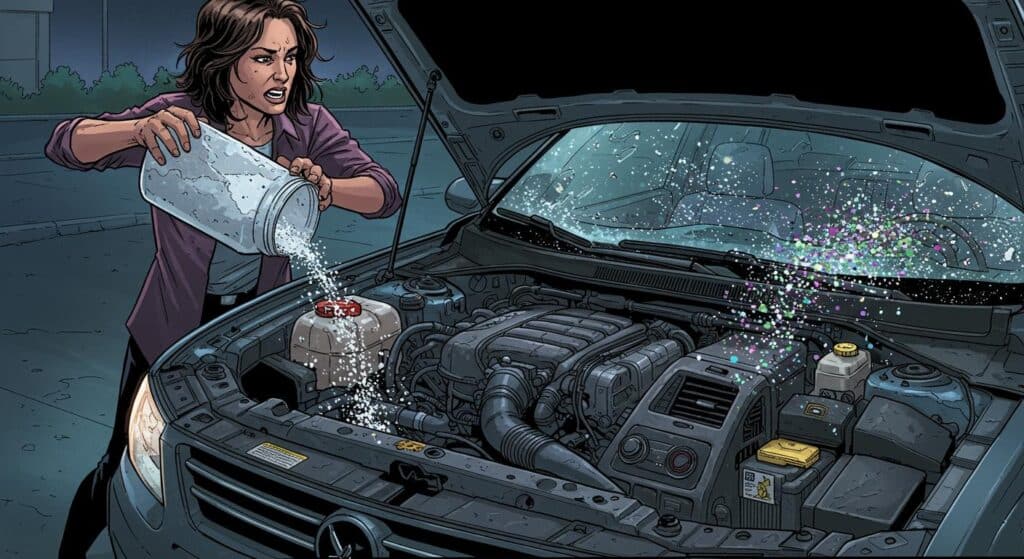Every so often, a headline manages to blend absurdity, awe, and that peculiarly Californian brand of outdoorsy near-misadventure into one neat package. Case in point: Ryan Wardwell, a 46-year-old from Long Beach, gave new meaning to the old theme park joke about “the back side of water” by surviving two long days wedged in a cave behind a roaring waterfall, in what the Tulare County Sheriff’s Office declared a “stunning survival story” (The Guardian reports).
Gravity, Waterfalls, and a Sudden Need for Dental Floss
Let’s rewind to the Seven Teacups, a string of waterfalls tucked away a couple hours south of Sequoia National Park—prime real estate for folks who consider “nearly hypothermic” a fair trade for a good story. Wardwell, an experienced canyoneer, set off to rappel the falls on August 10, reportedly with friends, who—as The Guardian notes, citing details from the San Francisco Chronicle—took one look at the water’s intensity and had the rare good sense to opt out. (Trust your instincts, folks: sometimes the right move is the one that keeps your shoes dry.)
Wardwell, on the other hand, pressed on. The river had other plans. As outlined by law enforcement and detailed in Patch, “extreme hydraulics”—essentially, water acting like a blender on high—threw him off his rappel lines and marooned him behind the cascading sheet. He found himself in a dark, wet enclave with no immediate way out and, notably, nowhere to even dry off. According to Tulare County sheriff’s captain Kevin Kemmerling, as quoted in The Guardian, Wardwell “fought to escape…but there was nothing he could do to break through.” It’s the sort of predicament that invites a lot of reflection, probably about life choices and waterproof gear.
Not Your Average Airbnb
Wardwell’s makeshift cave beneath the waterfall, described by The Guardian, must have been both a natural wonder and a spectacularly miserable real estate listing. Complete lack of sunlight? Check. Excess moisture? Unavoidable. An ambiance best described as “finite and echoey.” Unable to warm up or dry out, he endured the relentless pounding of water and a growing sense that—per comments highlighted by rescue paramedic Mike Crane in The Guardian, relaying information from the Chronicle—he wasn’t sure he’d make it out.
Yet, if there’s a silver lining, it’s the detail that his friends (the ones with intact self-preservation) left a note on his car urging others to raise the alarm if Wardwell hadn’t returned by morning. That small act of preparation turned out to be quietly heroic, setting in motion a rescue operation featuring drones, infrared searches, multiple agencies, and eventually a California Highway Patrol helicopter crew (Patch also notes the elaborate multi-step extraction).
Technology Meets Tenacity
The search effort itself reads like a mash-up between outdoor adventure and a particularly tense episode of “Rescue 911.” As Patch explains, authorities scoured the area and deployed infrared-equipped aircraft and drones. Darkness and the technical difficulty of the landscape delayed operations, but by Tuesday morning, drone footage confirmed what had only been a “possible location” on infrared: Wardwell, alive, visible, and doubtless eager for something less watery.
A member of the search and rescue team was lowered by helicopter to retrieve him from his aquatic alcove—a maneuver captured in video released by the sheriff’s department, a clip now making the rounds on, where else, Facebook. It shows the helicopter stirring up both mist and excitement as the crew wrangles Wardwell out, treating him for dehydration and “only minor injuries” before handing him off to family and medical staff. As Patch documents, he was out in surprisingly good condition for a person whose circumstances could have provided an excellent cautionary tale for water safety brochures.
Takeaways (and Take It Easy)
There are, to be fair, a few big-picture questions left swirling in the spray. First, there’s the indomitable pull of these isolated natural playgrounds—some combination of adrenaline, scenery, and probably a pinch of overconfidence that draws climbers to try defying rivers in full spate. Was it just bad luck, or the sort of risk nature hands you as a whispered warning, only to cash it in later? And secondly, there’s the subtle lesson in the rescue narrative: friends with a basic rescue plan (however ad hoc) matter, technology and training save lives, and, in the end, a Toyota parked at a trailhead is occasionally the loudest SOS.
If you had to pick a metaphor for the ultimate blind spot, “trapped behind a wall of water no one can see through” might do the trick. But for Wardwell, that literal blind spot turned into a rare chance to appreciate, at close range, just how indifferent and awe-inspiring the back side of a waterfall actually is.
So next time you hear the old Jungle Cruise line—“the eighth wonder of the world: the back side of water!”—maybe consider that sometimes, you really don’t want to see what’s back there after all. Or at least, bring extra socks.


